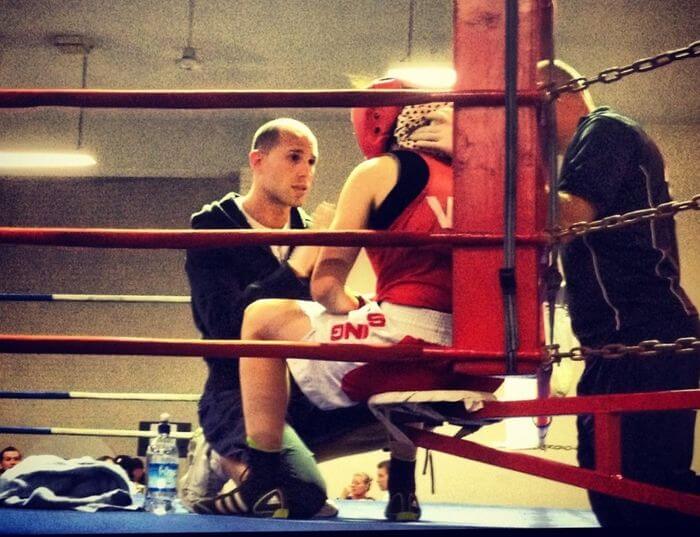About Boxing

The earliest history of boxing can be found in art from ancient Mesopotamia and Egypt around the 2nd and 3rd Millennium BC – almost five thousand years ago. It became part of the Olympic Games in 688 BC and to this day remains one of the most popular sports in the event. Modern day rules emerged from England in 1867 after a resurgence of popularity in the sport during the late 17th Century.
Being a fine dance between technique and aggression is why boxing is known as the “sweet science.” It is a contest of strength, speed, reflexes, endurance and skills between two combatants with gloved fists and the essential elements are many and varied. Initial impressions of the sport, however, may be deceiving. The four basic offensive manoeuvres of jab, cross, hook and uppercut may give the impression that boxing is a simple contest of brutality when it is far more sophisticated.
Consider the defensive methods of ducks, weaves and slips, parries, blocks, covering up and clinching. A trainee only truly becomes a boxer when they develop their coordination, accuracy, speed, reflexes, footwork, reach, levels of prediction and awareness, power, aggression and endurance.
A boxing bout takes place over a maximum of 12 rounds consisting of one to three minutes each. The winner is declared by: a knock-out; the judges’ scorecards; the referee deeming a combatant unable to continue; a fighter’s corner “throwing in the towel”; or, by disqualification due to a boxer breaking the rules.
Boxers are prohibited from hitting below the belt, holding, tripping, pushing, biting, kicking, head-butting, or hitting with any part of the arm other than the knuckles of a closed fist. This includes hitting with the elbow, shoulder or forearm, as well as with open gloves, the wrist, the inside, back or side of the hand. Also prohibited is hitting the back, kidneys and back of the neck or head.
A boxers journey at Prestige Gym
Almost every fighter begins with an amateur career. This affords them the opportunity to develop their skills and experience through a series of amateur contests up to the highest level, which is competing at the Olympic Games. This is typically a springboard to a professional career, though many boxers “go pro” without competing at a high amateur level.
Prestige Gym, a boxing gym in Melbourne, develops our boxers through internal sparring in the gym once a beginner has advanced their skills to a decent basic level. This may be followed either by inter-club sparring or an amateur match. The fighter’s career begins from there.
For more details about amateur boxing, rules, regulations and guidelines visit Boxing Victoria which is the official web page of regional Olympic-style boxing body.
